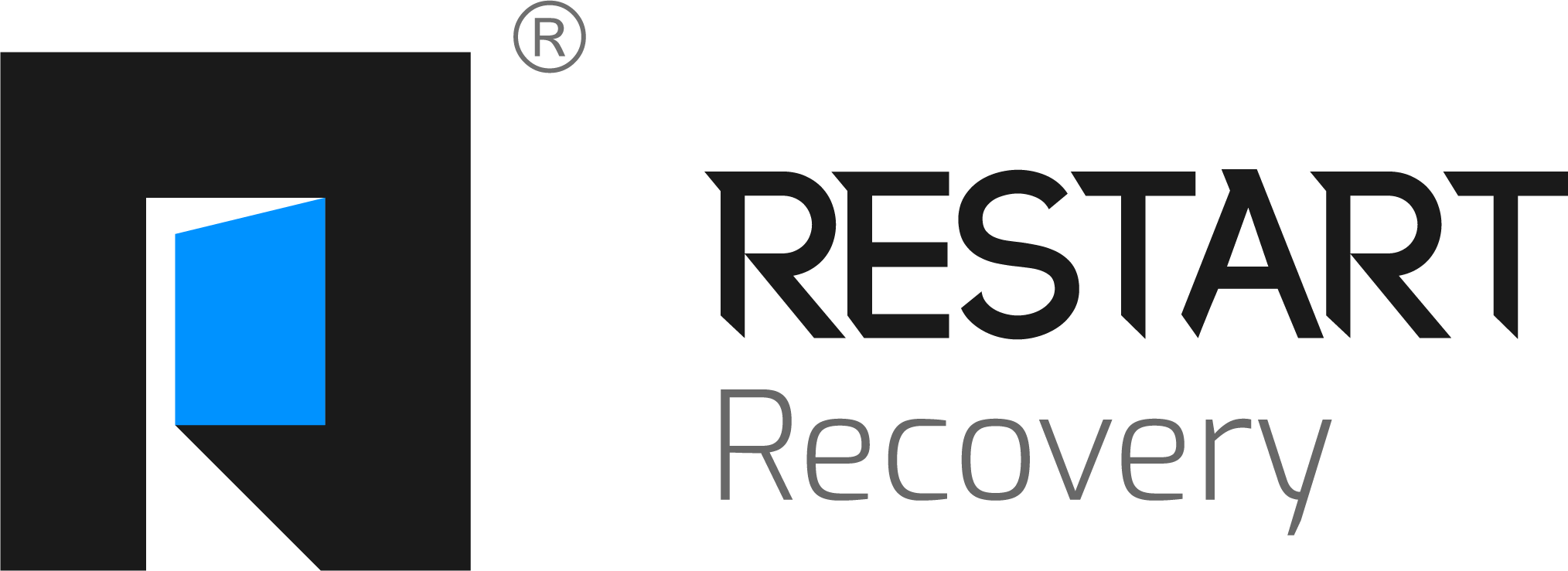12-Step vs. Non-12-Step Recovery: Which Path Is Right for You?
- Yasmin Maghsoudloo
- Jun 3
- 2 min read

12-Step vs. Non-12-Step Recovery
When it comes to overcoming addiction, there’s no one-size-fits-all solution. For decades, 12-Step programs like Alcoholics Anonymous (AA) and Narcotics Anonymous (NA) have provided a framework of support and accountability. However, in recent years, Non-12-Step approaches have gained popularity among those looking for alternatives to traditional recovery paths. So, how do you choose what’s best for you or your loved one?
Let’s break it down.
What Is a 12-Step Program?
12-Step programs are structured support groups that help individuals recover from addiction through a series of guiding principles. These include:
Admitting powerlessness over addiction
Seeking help from a higher power
Making amends for past behaviors
Maintaining sobriety through service and community
The approach is spiritually-oriented, though not necessarily religious, and emphasizes fellowship, sponsorship, and continuous personal growth.
Pros:
Widespread availability and accessibility
Strong community support
Clear structure and guiding principles
Proven track record for many people
Cons:
Emphasis on powerlessness may not resonate with everyone
Spiritual elements may feel alienating to non-religious participants
Less focus on individualized mental health care or underlying causes
What Is a Non-12-Step Program?
Non-12-Step recovery options encompass a broad range of methods that often emphasize personal empowerment, science-based strategies, and individualized care. Common examples include:
SMART Recovery (Self-Management and Recovery Training)
LifeRing Secular Recovery
Refuge Recovery (Buddhist-inspired)
Cognitive Behavioral Therapy (CBT)-based outpatient programs
Medication-Assisted Treatment (MAT)
Pros:
Focus on personal agency and self-empowerment
Compatible with secular worldviews
Can be integrated with therapy, psychiatry, and medication
Evidence-based approaches with clinical support
Cons:
May lack the widespread availability or community structure of 12-Step groups
Less emphasis on peer mentorship (though some programs offer it)
Can require more resources or professional involvement
Key Differences at a Glance
Feature | 12-Step | Non-12-Step |
Spiritual/Religious | Often spiritual | Secular options widely available |
Group Support | Strong peer community | Varies; some structured, others solo |
Power Dynamic | Emphasizes powerlessness | Encourages personal empowerment |
Customization | One-size-fits-all | Often individualized |
Professional Support | Typically peer-led | Often integrates licensed professionals |
Which Approach Is Right for You?
The best recovery path is the one that you can commit to and feel supported in. Here are some questions to guide your choice:
Do you prefer a structured spiritual framework, or a secular and science-based approach?
Are you looking for community-driven support, or a customized therapeutic plan?
Would you benefit from long-term peer mentorship, or do you want clinical tools and techniques?
It’s also worth noting that these paths aren’t mutually exclusive. Many people blend elements of both—for instance, attending SMART meetings while working with a therapist or sponsor.
Final Thoughts
Recovery is deeply personal. Whether you find solace in the community of a 12-Step program or prefer the evidence-based strategies of a Non-12-Step approach, the most important thing is that you take the first step toward healing.
There’s no wrong way to get better—only the way that works for you.





Comments